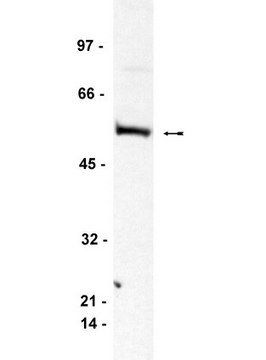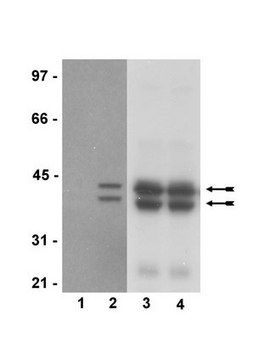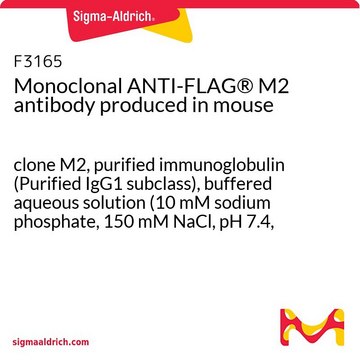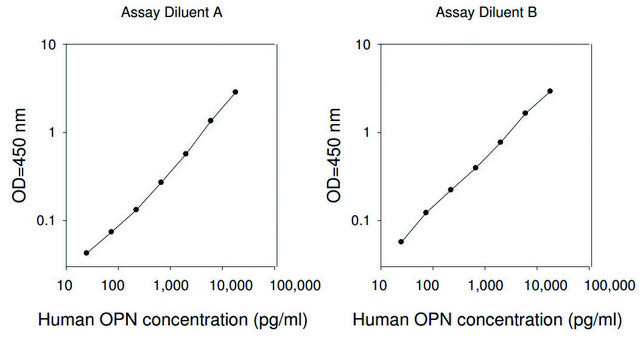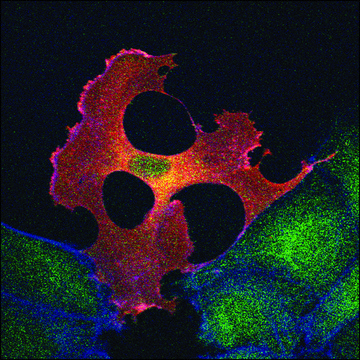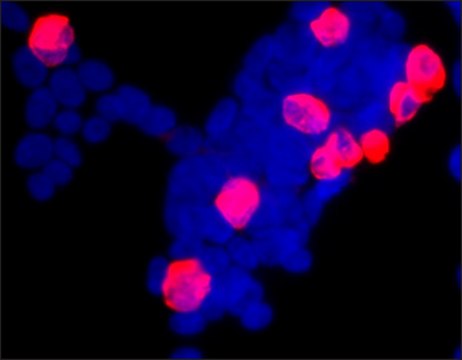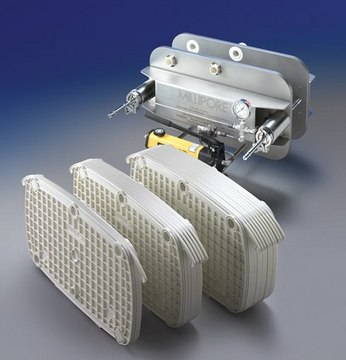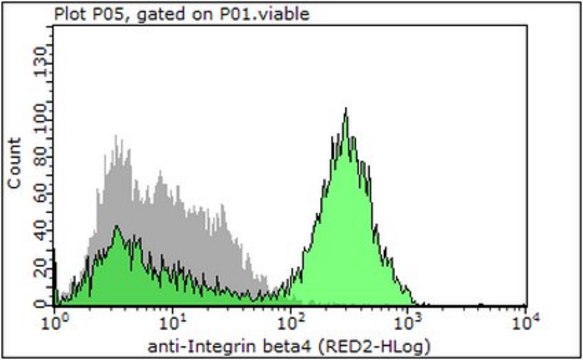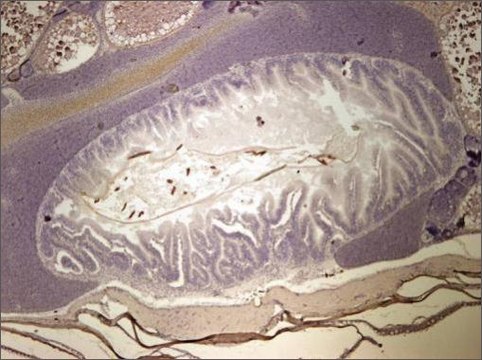05-449-C
Anti-Bin1, clone 99D (Ascites Free) Antibody
clone 99D, 1 mg/mL, from mouse
Synonym(s):
Myc box-dependent-interacting protein 1, Amphiphysin II, Amphiphysin-like protein, Box-dependent myc-interacting protein 1, Bridging integrator 1, Bin1
About This Item
Recommended Products
biological source
mouse
Quality Level
antibody form
purified antibody
antibody product type
primary antibodies
clone
99D, monoclonal
species reactivity
mouse, chicken, human
concentration
1 mg/mL
technique(s)
flow cytometry: suitable
immunofluorescence: suitable
immunohistochemistry: suitable
immunoprecipitation (IP): suitable
western blot: suitable
isotype
IgG2bκ
NCBI accession no.
UniProt accession no.
shipped in
wet ice
target post-translational modification
unmodified
Gene Information
chicken ... Bin1(424228)
human ... BIN1(274)
mouse ... Bin1(30948)
Related Categories
General description
Immunogen
Application
Western Blotting Analysis: A representative lot detected Bin1 in primary chicken embryo fibroblasts (Telfer, J.F., et al. (2005). Cellular Signalling. 17:701-8).
Immunoprecipitation Analysis: A representative lot immunoprecipitated Bin1 in C2C12 cell lysate (Wechsler-Reya, R., et al. (1997). Cancer Res. 57:3258-63).
Western Blotting Analysis: A representative lot detected Bin1 in human and rodent cell lines (Wechsler-Reya, R., et al. (1997). Cancer Res. 57:3258-63).
Immunoprecipitation Analysis: A representative lot immunoprecipitated Bin1 in co-immunoprecipitation studies (Sakamuro, D., et al. (1996). Nat. Genet. 14:69-77).
Immunohistochemistry Analysis: A representative lot detected Bin1 in breast and liver carcinoma tissues (Sakamuro, D., et al. (1996). Nat. Genet. 14:69-77).
Immunoprecipitation Analysis: A representative lot immunoprecipitated Bin1 in C2C12 cell lysate (Wechsler-Reya, R. J., et al. (1998). Mol Cell Biol. 18:566-75).
Western Blotting Analysis: A representative lot detected Bin1 in C2C12 cell lysate (Wechsler-Reya, R. J., et al. (1998). Mol Cell Biol. 18:566-75).
Flow Cytometry Analysis: A representative lot detected Bin1 in C2C12 cell lysate (Wechsler-Reya, R. J., et al. (1998). Mol Cell Biol. 18:566-75).
Immunofluorescence Analysis: A representative lot detected Bin1 in C2C12 cells (Wechsler-Reya, R. J., et al. (1998). Mol Cell Biol. 18:566-75).
Apoptosis & Cancer
Apoptosis - Additional
Quality
Western Blotting Analysis: 1.0 µg/mL of this antibody detected Bin1 in 10 µg of human skeletal muscle tissue lysate.
Target description
Physical form
Storage and Stability
Disclaimer
Not finding the right product?
Try our Product Selector Tool.
recommended
Storage Class Code
12 - Non Combustible Liquids
WGK
WGK 1
Flash Point(F)
Not applicable
Flash Point(C)
Not applicable
Certificates of Analysis (COA)
Search for Certificates of Analysis (COA) by entering the products Lot/Batch Number. Lot and Batch Numbers can be found on a product’s label following the words ‘Lot’ or ‘Batch’.
Already Own This Product?
Find documentation for the products that you have recently purchased in the Document Library.
Our team of scientists has experience in all areas of research including Life Science, Material Science, Chemical Synthesis, Chromatography, Analytical and many others.
Contact Technical Service
